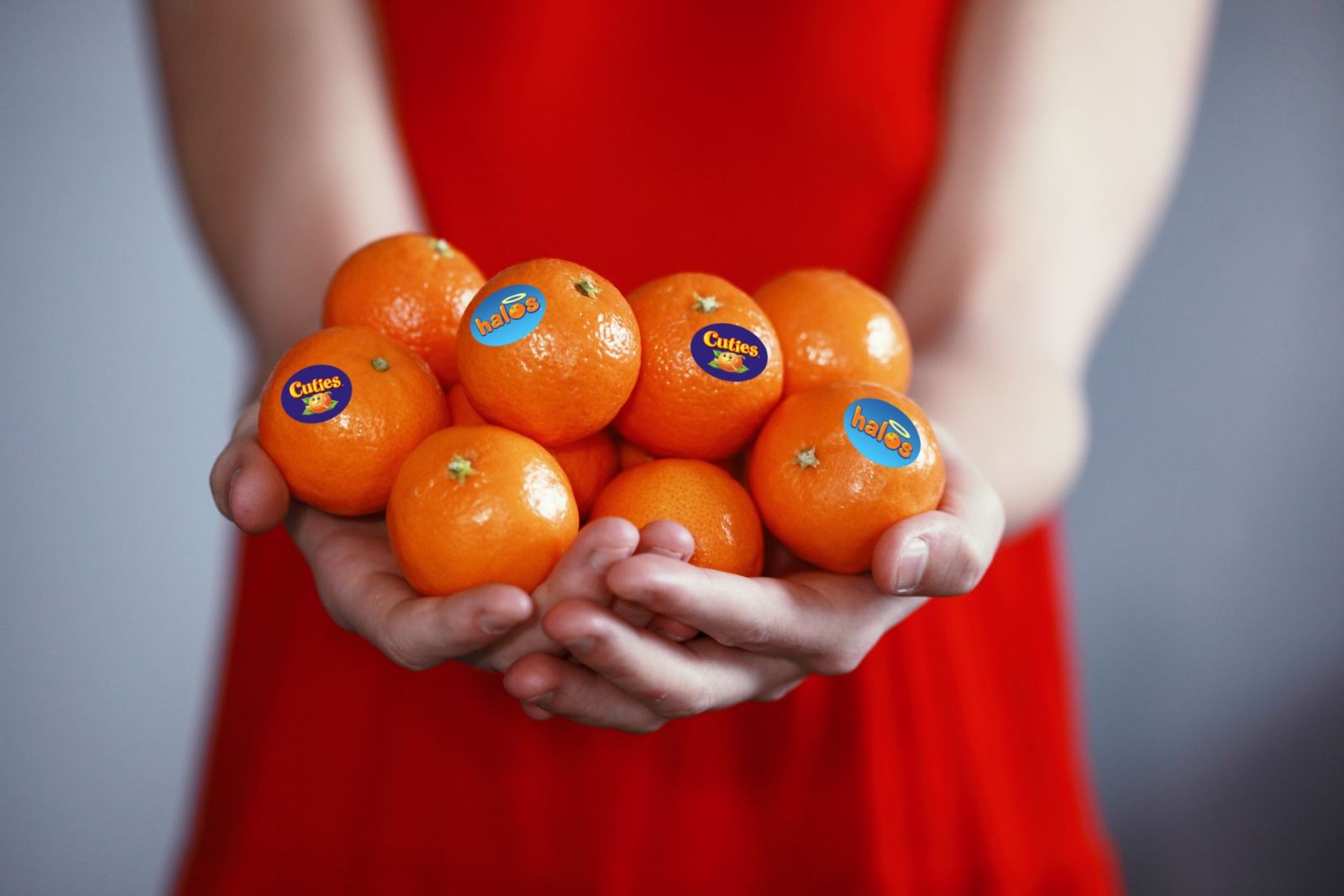There are so many different kinds of citrus fruits in our grocery stores today. It seems like every year there are different brands and packages of what could, for all we know, just be differently sized and shaped oranges. Two perfect examples of this phenomenon are Cuties and Halos. What exactly are these tiny popular fruits, and what’s the difference between the different brands we see in the store?
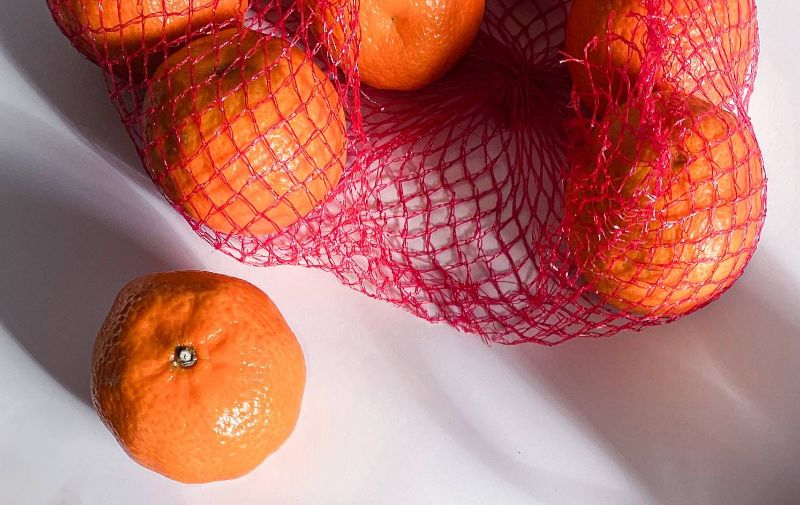
Cuties, Halos, and their less recognizable competitors are all seedless mandarins grown in California. Mandarins are small, oblate, sweet-tasting citrus fruits that are, in fact, believed to be one of the three botanical ancestors (along with citrons and pomelos) to all the citrus fruits we love today like oranges and grapefruits. Tangerines and clementines, for example, are hybrids of mandarins and pomelos.
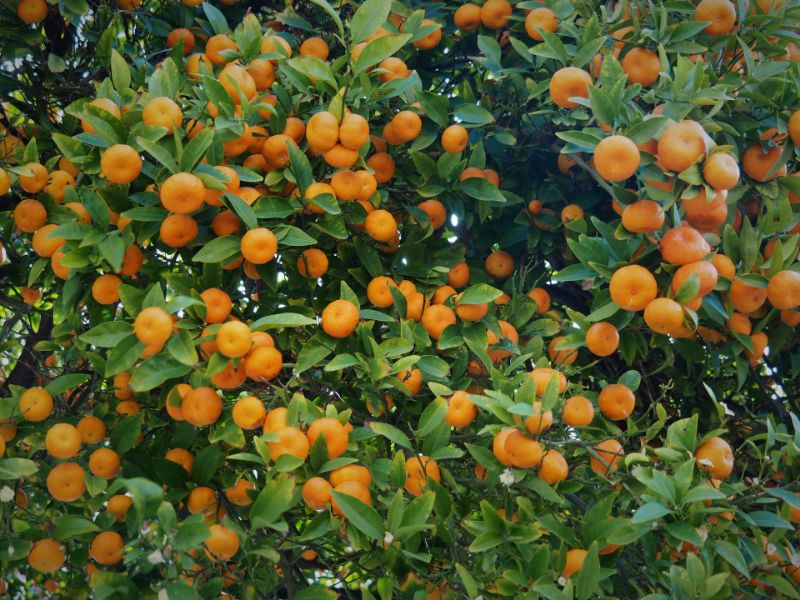
How did these small, seedless mandarins become America’s favorite citrus fruit? The answer lies in marketing and consumer preferences.
For most of the 1900s, American consumers loved oranges. The tangerines available were full of seeds and therefore less desirable than the seedless, easy-to-eat navel oranges. Oranges were difficult to peel, but the mere fact that they were seedless set them on a level above the seeded alternatives.
In the 1990s, a California citrus farmer named Tom Mullholland found a tangerine variety from Morocco that was seedless, sweet, and easy to peel – the perfect mix to suit the American palette. Mullholland replanted his entire farm with this new fruit, which had the botanical name W. Murcott Afourer, or Murcott for short. Mullholland branded his fruits as Delites, and consumers quickly fell in love. Because Murcotts only grow best in the spring, however, Mullholland later started growing other varieties of seedless clementines on his farm so he could sell his Delites year-round. So depending on the time of year, the Delites you bought may have been clementines or Murcotts, but they were always sweet, seedless, and easy to peel.
By 1997, two citrus-packing giants in California’s Central Valley, Sun Pacific and Paramount Citrus, began planting Murcotts, clementines, and tangos in their own groves to compete with Mullholland. In 2001, the two companies trademarked their fruits as Cuties. The Cuties brand has grown over the past 20 years to dominate the citrus fruit market.
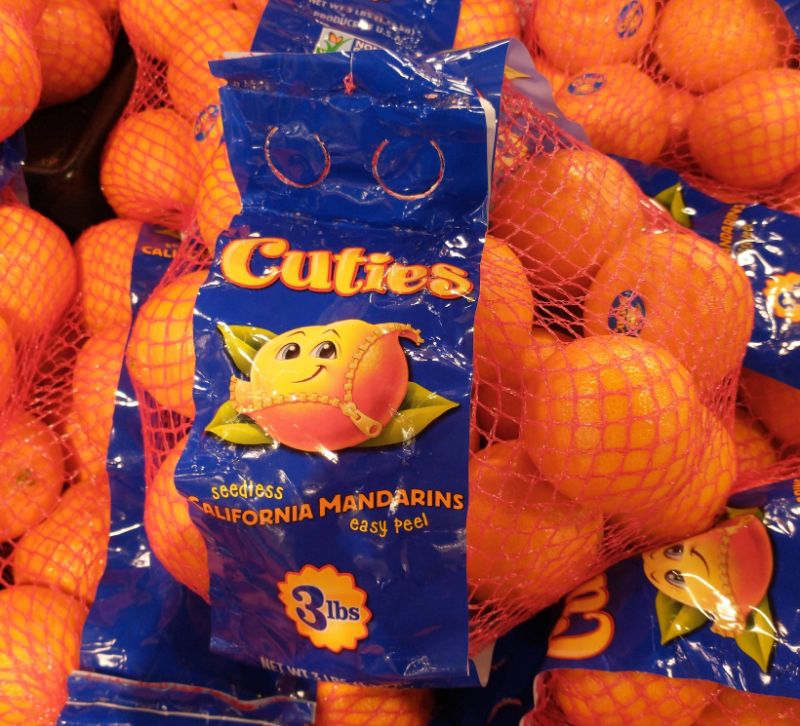
In 2013, Sun Pacific and Paramount Citrus ended their Cuties partnership. Sun Pacific retained the Cuties brand, and Paramount, the company behind POM Wonderful pomegranate juice and Wonderful Pistachios, coined the name Halos, comparing their perfect little fruits to angels. Depending on their distribution chains, some supermarkets started carrying Halos, some kept Cuties, and some started displaying a mixture of both.
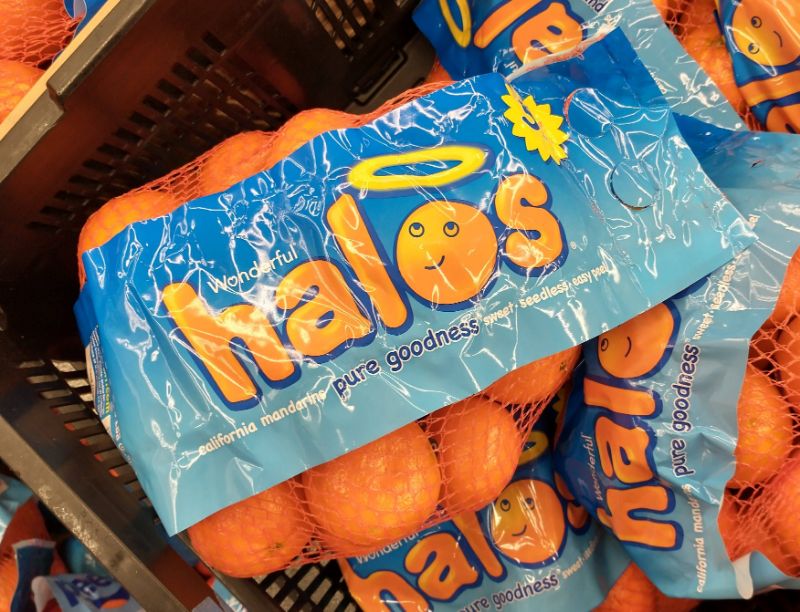
Similarly, Fowler Packing, a citrus packing company that had previously partnered with Sun Pacific and later with Paramount Citrus, severed their ties with Paramount in 2019 and began marketing their own mandarins as Peelz.

Because sweet, seedless mandarins have become so popular, other fruit distributors started supplying mandarins and trademarked their own catchy names. Cecelia Packaging has its Dimples, LGS Specialties has its Darling Clementines, Bee Sweet Citrus has its bee-branded mandarins, Ojai farmers have their Pixies, and Sunkist carries on the Delite brand. Some supermarket chains have even started carrying their own store-brand varieties, like Kroger’s Adorbs.

So what type of fruit are you eating when you peel open a Delite, Cutie, or Halo? That depends on the time of year, the distributor, and the particular variety of mandarin the supplying farm happens to grow. Sometimes it’ll be a Murcott, sometimes a seedless Clementine like a Clemenule, sometimes a Satsuma, sometimes a Gold Nugget mandarin, and sometimes even a slightly different hybrid. Sometimes the fruits may be smaller, sometimes they may be sweeter, sometimes they may be a slightly different texture than ones you’ve had before. But all of these mandarin varieties have been carefully selected to yield sweet, seedless, and easily peeled fruits that consumers love and trust these brands to provide.

At the end of the day, it all comes down to branding. The mandarins in the Cuties and Halos bags we pick up in the grocery store may change slightly throughout the year depending on seasonal availability. But we can trust the fruits therein will be sweet, seedless, and perfect for snacking on-the-go or for your children to pack in their lunchboxes.
Read more:
https://modernfarmer.com/2014/07/tangerine-trees-marmalade-skies-can-trademark-mother-nature/
https://www.eatlikenoone.com/what-is-the-difference-between-cuties-halos.htm

